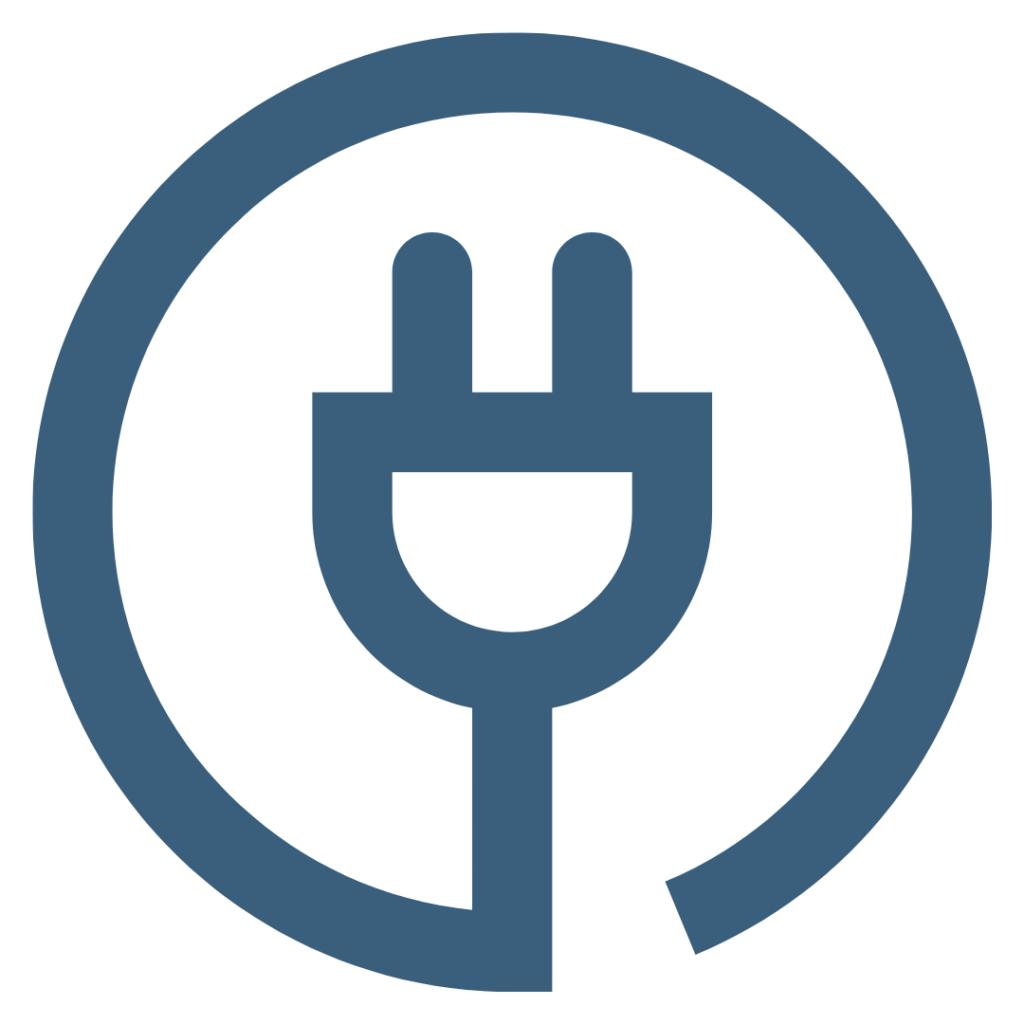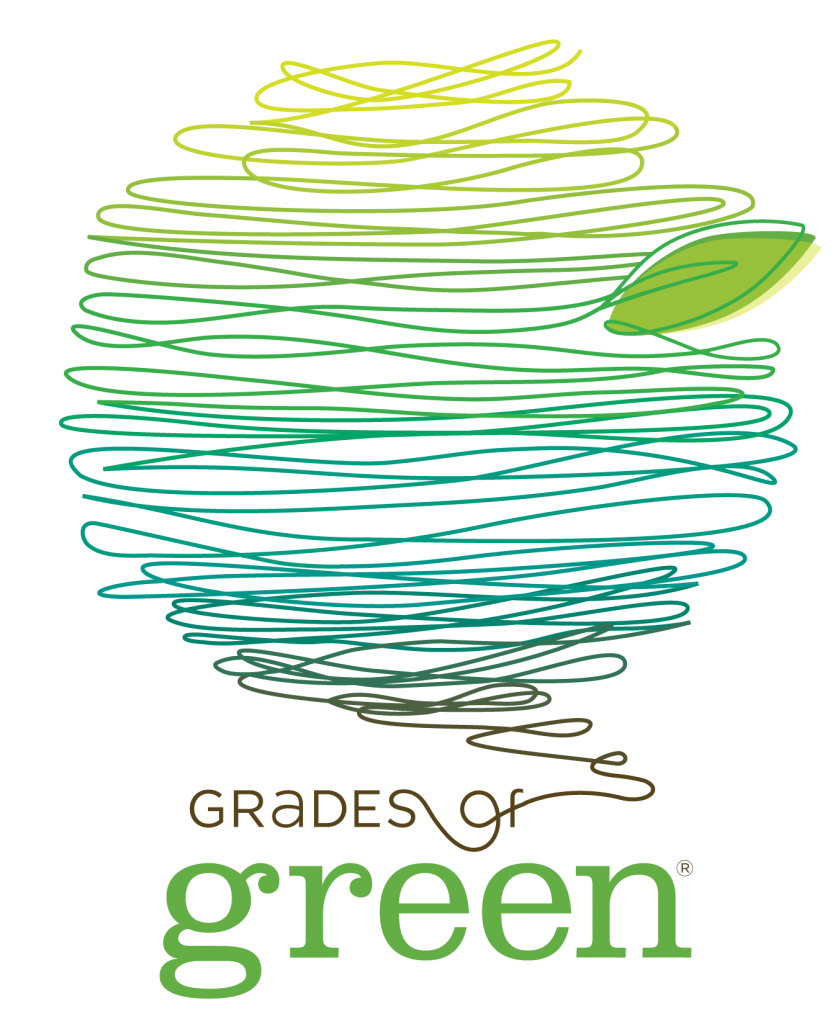So, you’re interested in pursuing a Climate Solution related to Energy. Great choice! Read through this Deep Dive to learn more about this topic so that you’re armed with all the facts as you develop your project!
Deep Dive Table of Contents

On this page, you’ll find the following:
- The Energy section of our Climate Solutions Shark Tank video
- A deeper investigation of all things Energy
- An explanation of how Energy is an environmental justice issue
- A helpful list of suggested project ideas to get you inspired
- Delve Deeper – A list of resources and further research for your team to use as you develop your project
Climate Solutions Shark Tank – Energy
How Energy Impacts the Climate Crisis
About 80% of the greenhouse gases humans produce come from burning fossil fuels (EESI Fossil Fuels) and the single biggest reason we burn fossil fuels is to produce energy. We need energy to generate electricity for lighting, technology, and appliances, to heat and cool our homes, factories, and businesses, and to pump, move, and clean water. Humans need energy for almost every aspect of life. Currently oil, coal, and natural gas provide 76% of our energy needs in the US. (NRDC Fossil Fuels Dirty Facts) But, there are a few important things to know about fossil fuels. When coal is burned it releases more carbon dioxide (CO2) than any other fossil fuel. Despite that, coal remains the main fuel source for producing electricity worldwide. In 2017 the CO2 from burning coal was the single largest source of global temperature rise (IEA Global Energy & CO2 Status Report). Coal mining also releases methane, a greenhouse gas that can trap 25 times more heat than CO2 (Climate Change Kids EPA Greenhouse Gases).
Oil is more than a fuel. It can be made into gasoline, propane, kerosene, and jet fuel, but it can also be used to make common products, like plastics and paint, that are consumed by people around the world every day. Oil is responsible for almost half (45%) of US CO2 emissions (EIA Energy Explained).

Natural gas isn’t “clean,” even though it is often promoted as a “clean” alternative fuel. Of the three fossil fuels, natural gas does release the fewest greenhouses gases when burned, but it takes a huge amount of energy to produce and transport it. In fact, the energy required to operate just 1 liquefied natural gas plant can generate 24 MILLION TONS of greenhouse gases per year – about the same emissions that are released by 4.4 million cars! Producing liquefied natural gas generates almost as much greenhouse gas pollution as burning coal! Despite this fact, due to a process called fracking, the US is now the world’s top producer of natural gas and US natural gas production is on the rise (Center for Climate and the Environment).
Fossil Fuels and Environmental Justice
Our reliance on fossil fuels is an environmental justice issue. Every stage of the fossil fuel life cycle is dirty, toxic and dangerous to human health, but the serious health impacts of extracting, mining, and refining fuels are not shared equally by everyone. The areas where fossil fuels are extracted and processed are called “sacrifice zones” because the health and well-being of the local people and the environment are sacrificed in order access the fuel. The residents who live in sacrifice zones are most often people of color, and the decision to sacrifice the area is most often made by people who do not live in or near the area. In fact, the percentage of Black and Hispanic residents in sacrifice zones is 75% and 60% greater respectively than the U.S. average (Fossil Fuel Pollution and Communities of Color).
There are many things we can do to act on this today! We can reduce energy related greenhouse gas emissions by calling for more renewable energy sources. We can make buildings more energy efficient by retrofitting old buildings and pushing for greener codes for new construction, and we can conserve water – because saving water saves energy!
Energy Project Ideas and Inspiration
Campaign Types Key – 🔊 🏢 📅 👍
In a future Phase, you’ll learn about the different types of campaigns you can use to implement your solution. Each project below aligns with one or more of these Campaign Types so we’ve marked them out using these symbols:
- 🔊 – Public Education & Action Campaign
- 🏢 – Institutional Change Campaign
- 📅 – Event Promotion Campaign
- 👍 – Program Adoption & Participation
Solution: Advocate for Transition to Renewable Energy
- 🏢 – Go Renewable! Call on your school, your district, or your city to commit to 100% renewable energy!
Solution: Increase Energy Efficiency
- 🔊 – Switch to Energy Saving Mode! Educate and inspire the public to make energy efficient lifestyle changes, including switching to LED lighting, motion sensor lighting, smart thermostats, power-strip use, etc.)
- 🏢 👍 – Go for a Cool Roof! Get your school, district, or city to commit to cool roof upgrades.
- 🏢 👍 – Showcase a Net-Zero Project! Work with a local builder or architect to showcase a Net-Zero energy building in your community. Don’t have one where you live? Advocate for a demonstration project with your city.
- 🏢 – Change the Codes! Advocate for Net-Zero building codes for new construction (see California’s Title 24 Building Energy Efficiency)

Solution: Save Water to Save Energy
- 🔊 – Be a Water Saver! Educate and inspire the public to make water efficient changes, like shorter showers and turning off the tap – as well as retro-fit changes like switching to low-flow toilets, showerheads, and faucets, installing graywater systems for laundry and landscape irrigation, installing rain barrels and rain and native gardens.
- 📅 🔊 – Host “Fix-A-Leak” Week: Educate and inspire the public to fix the common household leaks in faucets, showerheads, and irrigation that account for nearly 10,000 gallons of wasted water a year.
- 🔊 🏢 📅 👍 Limit Thirsty Lawns! Advocate for a lawn-to-garden rebate program, host a demonstration garden project, put on a community tour of low-water gardens, or call for Low Impact Development Standards for collecting stormwater and run-off (see Los Angeles County’s Stormwater and Runoff Pollution Control Standards)
Delve Deeper into Energy Issues
Check out the videos and links below to help you learn even more about this topic!
Renewable Energy Explained
Non-renewable Energy Sources
Monica Araya’s TED talk
Articles for More Info
Organizations that Can Help You Build Your Project
Next Step: Pick Your Climate Solution Topic
Are you sold on Energy for your project? Fantastic! Head back to Phase 1 to fill out the form titled “Phase 1.1 – Pick a Climate Solutions Topic to Focus On”
Want to explore other Deep Dives? Click here to return to the Deep Dive menu.